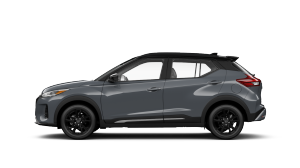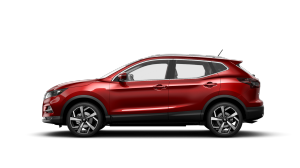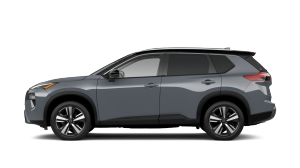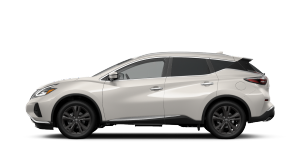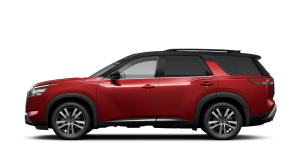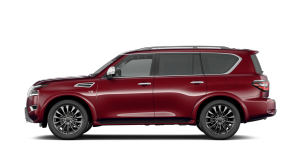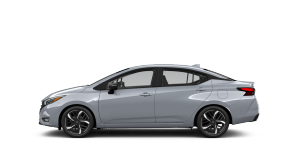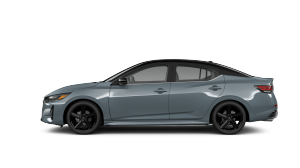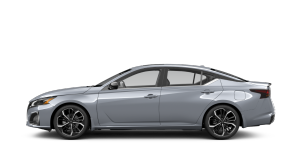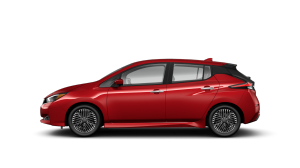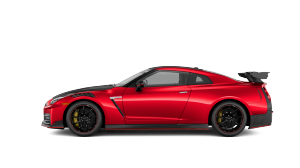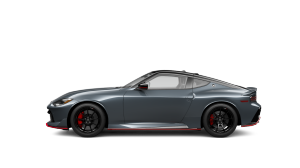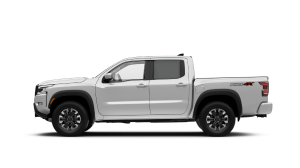Now you can reserve a Nissan online in a few simple steps. Learn more about how this new service works and get started today. [[1744]]
Canada's EV Charging Stations
A charge is never far
With over 5,000 public charging stations in Canada, finding your next charge is a breeze. Explore an interactive map of charging stations across the country and zoom in on your area. Thanks to this ever-expanding network, you can get even more out of your Nissan EV’s already impressive range. [[1127]]
Find the nearest charger
EV Charging Levels
Three ways to recharge
You can charge an EV using three standard charging levels. Each one has a different amount of power – and its own distinct benefits. Discover them all and find out how they fit your life.
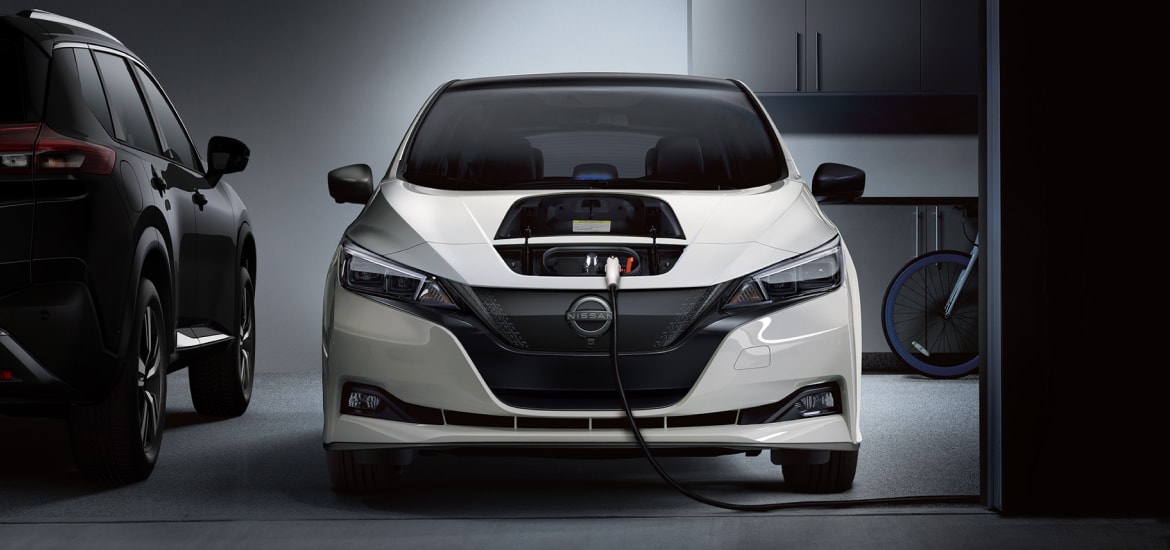
Level 1: Plug right in
Level 2: Charge at home and away
Level 3: Grab a coffee and top up
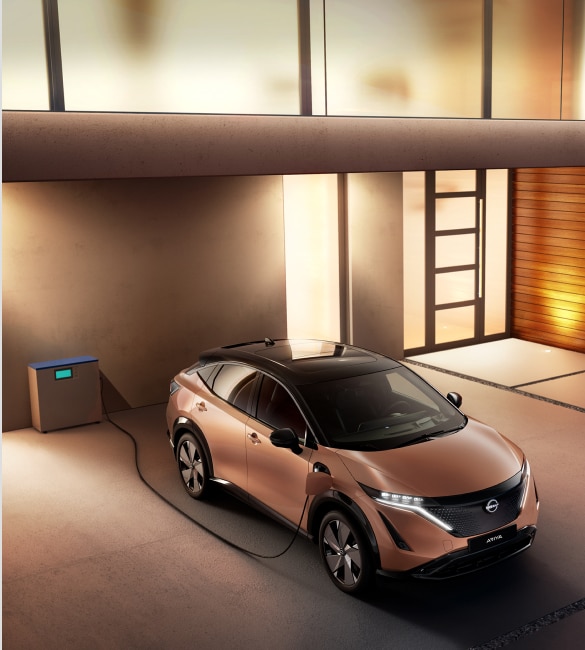
Electric Car Home Charging Stations
Home charging to-dos
When charging a Nissan EV at home, there are a few simple steps to take. Here’s what you need to do.
- Park and make sure the car is turned off.
- Open the charge port lid and cap.
- Plug the charge connector into the charge port. When done correctly, you should hear a beep.
- When the battery is full, your Nissan EV will stop charging on its own. To end charging at any point, simply unplug the charge connector.

Fact Check
Are EV batteries built to last?
Yes, electric car batteries are engineered to have long lives. If you happen to drive a Nissan EV, our warranty covers your battery for 8 years or 160,000 km – whichever comes first. [[1118]]
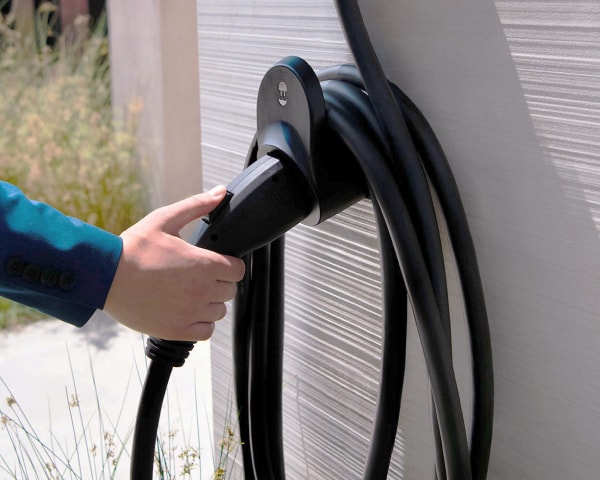
Fact Check
Is it hard to install a charger at home?
Not at all. 80% of charging happens at home, which means it’s simple to get a Level 2 charger installed by a certified electrician. In a pinch, you can also plug a Nissan EV into a standard household outlet. [[1103]]

Fact Check
Are EVs more likely to overheat?
No, that’s just another myth. EV powertrains have fewer moving parts than gas-powered engines. They’re extremely reliable, and there have been no serious incidents involving EV batteries.
